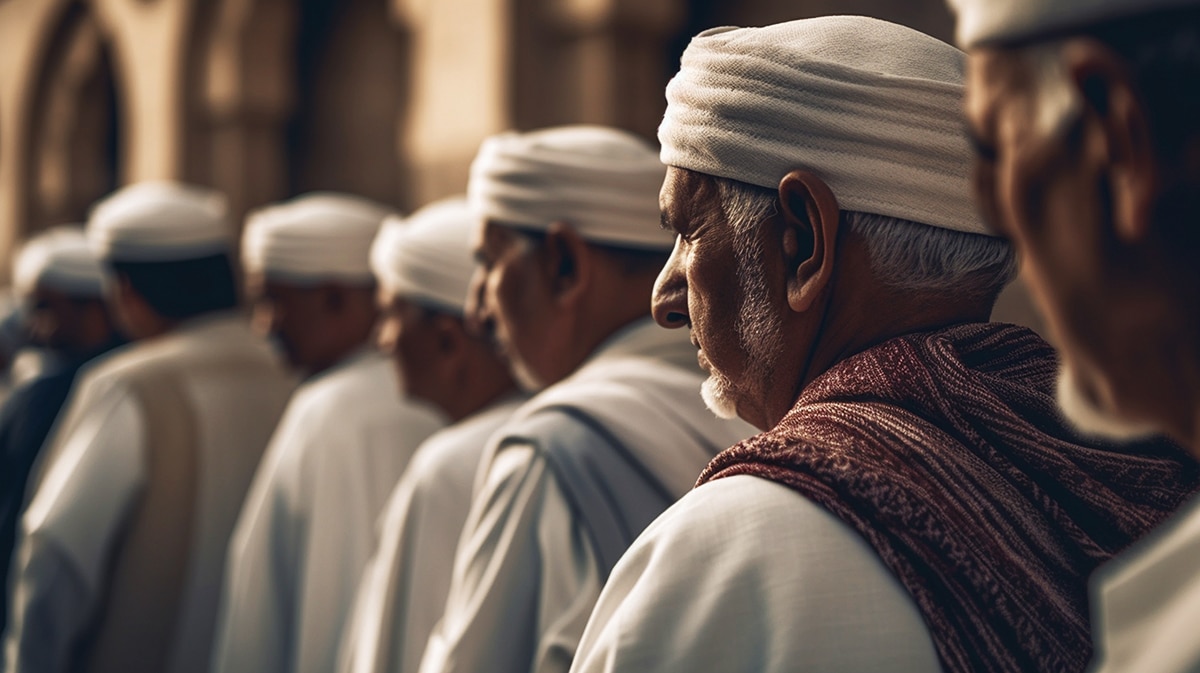When people hear about Iran, often they think of stereotypical images of a desert land full of closed-minded individuals, strict rules, and Islamic extremism. In reality, Iran has much more to offer than these misconceptions. With a population of over 82 million people, Iran is a diverse country that boasts a rich history, ancient architecture, and dynamic cultural traditions. From the stunning cities to the stunning countryside, Iran is a destination unlike any other. Let’s explore what makes Iran so unique.
The History of Iran
Iran has one of the most compelling stories throughout the history of civilization. It has been inhabited by various tribes and empires, and its landscape and culture reflect this diversity. Iran was once part of the Persian Empire that spanned from Greece to India. It was also invaded by Alexander the Great, which brought Greek influences to the region. The Islamic civilization arrived in the seventh century and with it, new culture and religion.
One of the most significant figures in Iranian history was Cyrus the Great, who founded the Persian Empire during the sixth century BCE. He is responsible for many of the cultural achievements such as the Cyrus Cylinder, which is often called the first declaration of human rights. Iran played a vital role in the formation of Islam when the religion was mired in political and social conflict. Iranians were instrumental in shaping Islam’s religious, ethical, and aesthetic principles.
The Culture of Iran
Iran’s culture is a mix of pre-Islamic, Islamic, and Western influences. Iranian architecture, music, art, and literature represent centuries of cultural production. One of the most well-known cultural landmarks in Iran is the Persepolis ruins, which serve as a testament to the Persian Empire’s glory. The palaces and monuments built by the Persian Empire are some of the most impressive examples of ancient architectural art forms.
Iranians are famous for their hospitality and taking care of guests. It is considered a significant social obligation to provide guests with a warm welcome in Iranian homes. Iranian cuisine is also a highlight of the country’s culture. Persian cuisine is rooted in the country’s history, geography, and lifestyle. The use of fragrant spices, herbs, and fruits make Persian dishes unique and delightful. Iranian hospitality, delicious cuisine, and striking architecture serve as an excellent introduction to the country’s diverse and fascinating culture.
Where to Go and What to See
Iran is a vast country, and there are numerous sights and temples to visit. Tehran, the capital city, is a cosmopolitan city that showcases Iranian diversity. It is a city where traditional bazaars and modern shopping centers stand side by side, and museums and galleries offer a glimpse into the country’s cultural heritage.
Isfahan is one of the most prominent cultural sites in Iran. An important trade route once ran through this city, making it a meeting point for people from all over the world. The Islamic Golden Age left an indelible mark on Isfahan’s architecture, making it a UNESCO World Heritage site. Imam Square is the centerpiece of the city and an excellent starting point for exploring the city’s many winding streets and hidden treasures.
Yazd is one of the oldest cities in Iran, dating back more than 5,000 years. It is situated in the middle of the desert, making it a remarkable example of desert architecture. The city’s narrow alleys have been carefully designed to reflect the environment and provide much-needed shade. The Jameh Mosque, also known as the Friday Mosque, is one of the oldest structures in the city and is a must-visit for history lovers.
Tips and Advice
Traveling in Iran requires some preparation and research, but it is a safe and enjoyable experience. Here are some tips for making your time in Iran more enjoyable:
– As Iran is an Islamic country, dressing modestly is advised. Men should wear long pants and t-shirts, and women should wear headscarves and clothing that covers their arms and legs.
– Be respectful of the country’s laws, which means following customs, including eating halal food only and avoiding alcohol.
– It is advised to exchange money at official exchange offices or banks, as exchanging money with unlicensed individuals can result in a loss of money.
– Iranians are friendly and hospitable people, and it is essential to engage with them to experience the best of the Iranian culture.
– Persian rugs and other crafts are widely available in the country, so plan to shop at local markets.
Conclusion
Iran is a unique destination that offers travelers a glimpse into a fascinating culture and history. The country’s architecture, art, and cuisine are all worth experiencing. At the same time, the warmth and hospitality of its people make for an unforgettable journey. Visiting Iran may not be on everyone’s travel list, but it is a destination that should be explored for those seeking adventures and cultural enlightenment.

Deja una respuesta